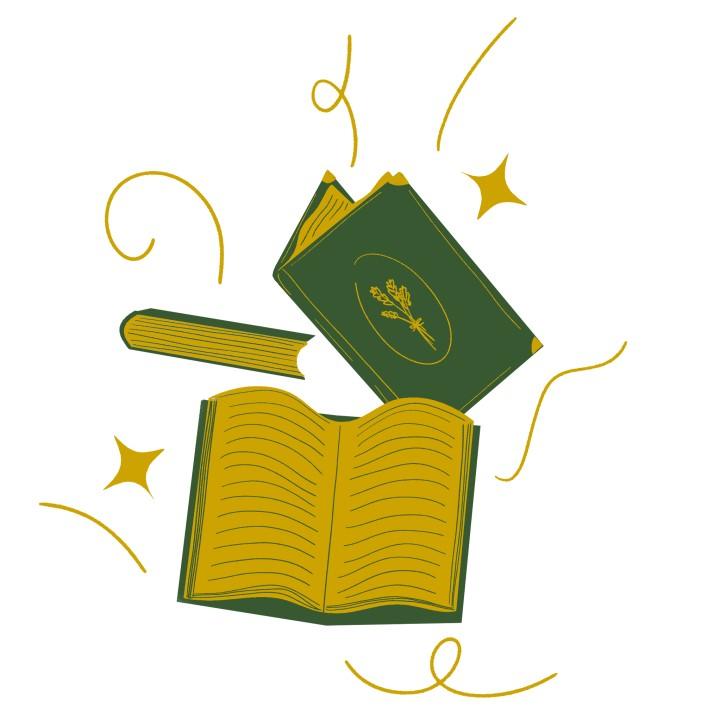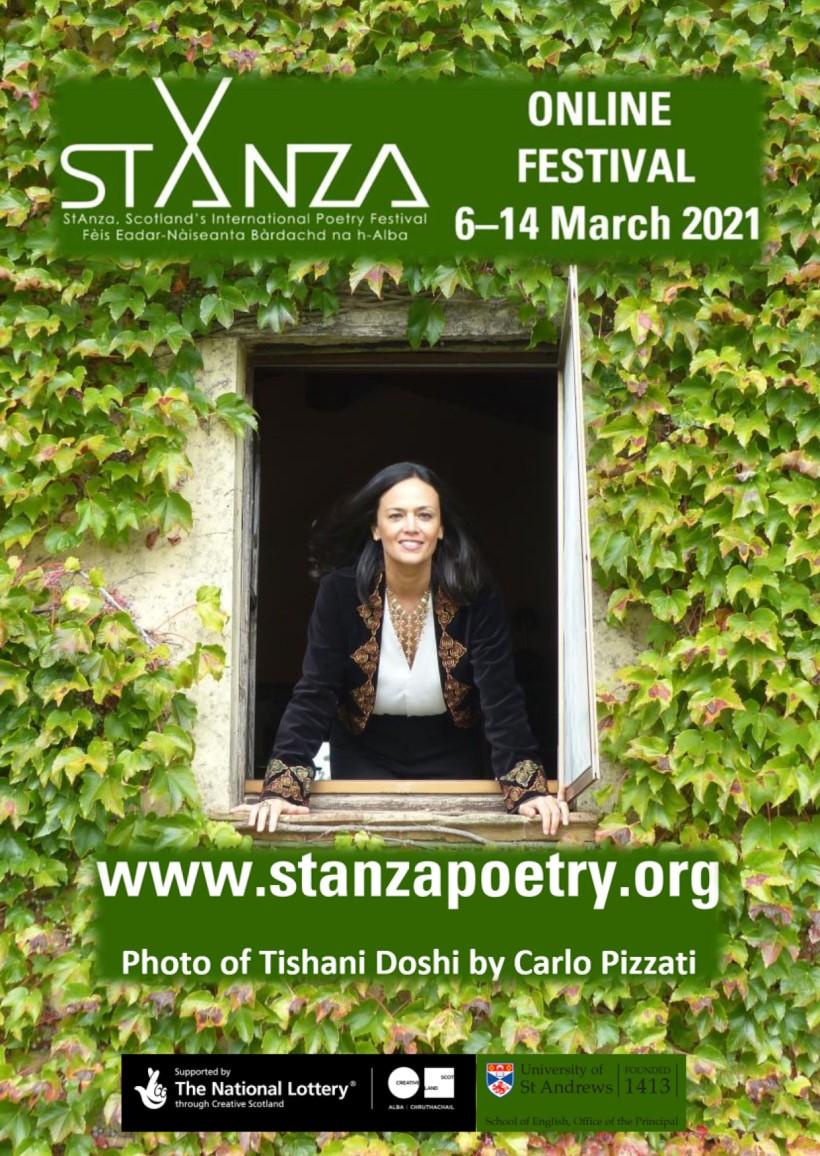
4 minute read
ix Book Club: Kyra Pollitt reviews The Human Cosmos: A Secret History of the Stars by Jo Marchant
The Human Cosmos: A Secret History of the Stars
(Marchant, J.; Canongate, 2020) Reviewer: Kyra Pollitt
Advertisement
Back in my RBGE student days, I found great contentment tending my little corner of the Botanics and began to experiment with biodynamic gardening on my plot. My life began to fill with moon charts and astronomical calendars, and I began to pay attention to the traditional names of the full moons, to fruiting days and rooting days, to the presence of moonlight in my life. But moving beyond biodynamic literature seemed to lead either to heavily mathematical, scientific texts or towards the shamanic. So, I have to admit to a degree of scepticism when ordering Jo Marchant’s latest work. Reader, this volume is everything I could have hoped. This is a book of enormous scope, plotting the journey of human engagement with the planets through vast swathes of prehistory, ancient and modern history, contemporary societies, and across the geographies of our planet. After all, everyone, everywhere, can see the moon.
According to Marchant, it is the dominance of the moon in our shared sky that explains the relationship between astronomy and astrology: Then, around 400BC…[Babylonian] priests invented the zodiac by dividing the ecliptic (the path through the sky followed by the sun, moon and planets) into 12 equal segments of 30 degrees, naming each one after a nearby constellation, such as ‘Bull of Heaven’ (now Taurus) and ‘Great Twins’ (Gemini). This gave them an accurate system for recording and computing events in the sky. From then on, these two disciplines were intertwined; precision in astronomy refining the astrologer’s ability to predict accurately: Galileo regularly made astrological predictions for rich clients…Kepler hoped to strengthen and reform the discipline…he firmly believed that different qualities of light from the various planets could influence climate and health, and he suggested that just like human beings, the Earth has a soul, sensitive to the harmonies of the stars. It is only with Cartesian dualism, and the emergence of what we now call ‘science’, that these two disciplines were divorced, and academic investigation lost its soul.
So, be prepared to learn much beyond the strictly celestial. The chapter titles take us through Myth, Land, Fate, Faith, Time, Ocean, Power, Light, Art, Life, Aliens and Mind. You can’t help but learn something, particularly as most subjects are presented in some depth. Thus, we are treated not just to the planetbased geometry of Callanish, Stonehenge, Newgrange, but to how these structures may have given rise to the practice of agriculture. There is impressive coverage of the persistent influence of the planets on our belief systems—
from the Sol Invictus festival of 25th December, to the derivation of the word ‘deity’ from a root meaning ‘shining in the sky’. The waning of the planets’ influence on our concept and practice of time is boldly charted— from the astronomical (Saturnday, Sunday, Moonday) to canonical, then mechanical and digital timekeeping. In the chapter on Life, we learn, amongst many other things, that: In 2015, scientists published the first example of a plant that reproduces by the moon. Ephedra foeminea, a nonflowering relative of conifers and cycads, attracts insects during the full moon by exuding drops of sugary liquid that ‘glitter like diamonds’ in the nocturnal light. There’s some discussion of the effects of the lunar cycle on humans: …perhaps the lunar rhythm has weakened or disappeared in modern society simply because we’re no longer exposed to the moon’s changing light (in which case, along with other health problems, our artificially lit lifestyles may be disrupting fertility). And we learn that we’re not the only creatures that behave this way: Nightjars such as the North American whip-poor-will tend to hatch during a new moon, so when the chick’s highest energy demand comes two weeks later there’s moonlight for the parents to hunt insects. Serengeti wildebeest use the moon to time their conception, so calves are born safely ahead of the species’ mass migration in May or June.
The disadvantage of a book of such breadth is that, depending on your interest, you are likely to encounter some stretch of text that feels somewhat barren to you. Certainly, I thirsted for illustration— both to leaven the text and to aid comprehension. On balance, though, such shortcomings are mitigated by the accessible and fluid style of Marchant’s prose, and the entry and exit points of her storytelling. So, I’d suggest it’s worth the journey. The cumulative perspective is certainly thrilling. From the vantage point of the ancient heavens, modern science seems recursive— curving back on itself like the crescent moon —orbiting again towards a finer understanding of the properties and powers of our solar system.


Seeking Reviewers
Are you reading something you would recommend to others? We’re always interested in reviews of books to share with fellow herbal folk. Please simply send us a review, or get in touch: herbologynews@gmail.com

ARE YOU A PUBLIC ENGAGEMENT BOTANIST?

We are looking for a friendly botanist, interested in public engagement, to contribute a regular column to our pages. Help us grow our audience, teach us lovely botanical things.


